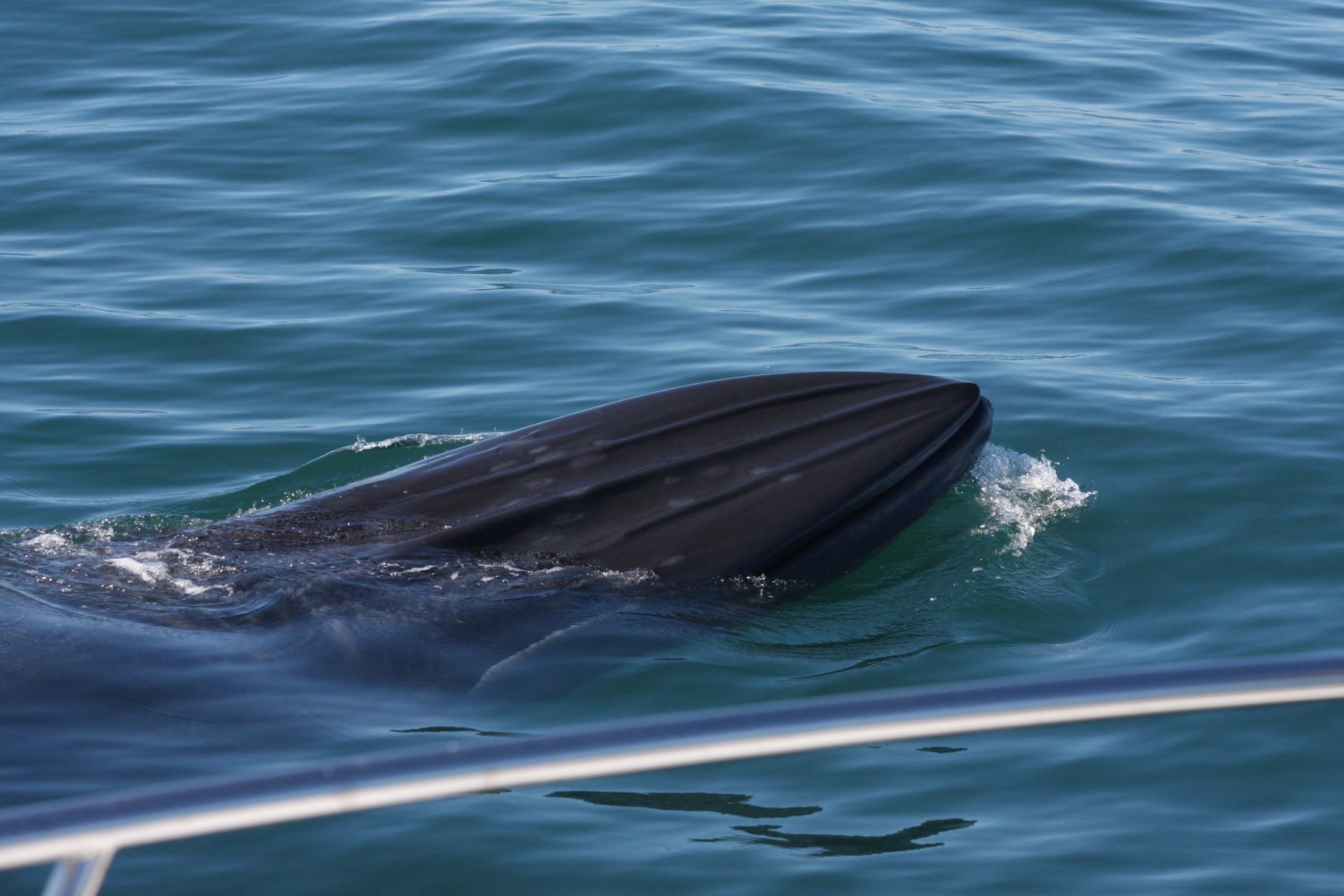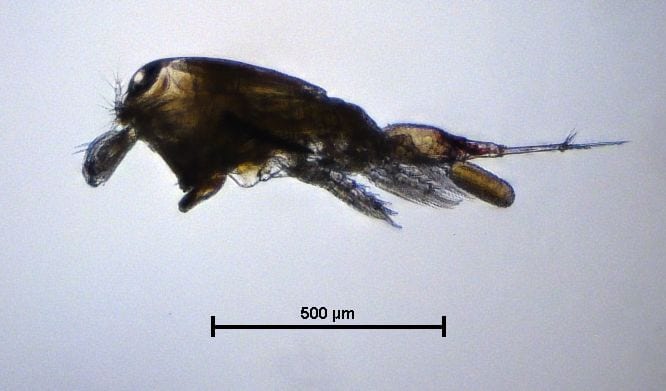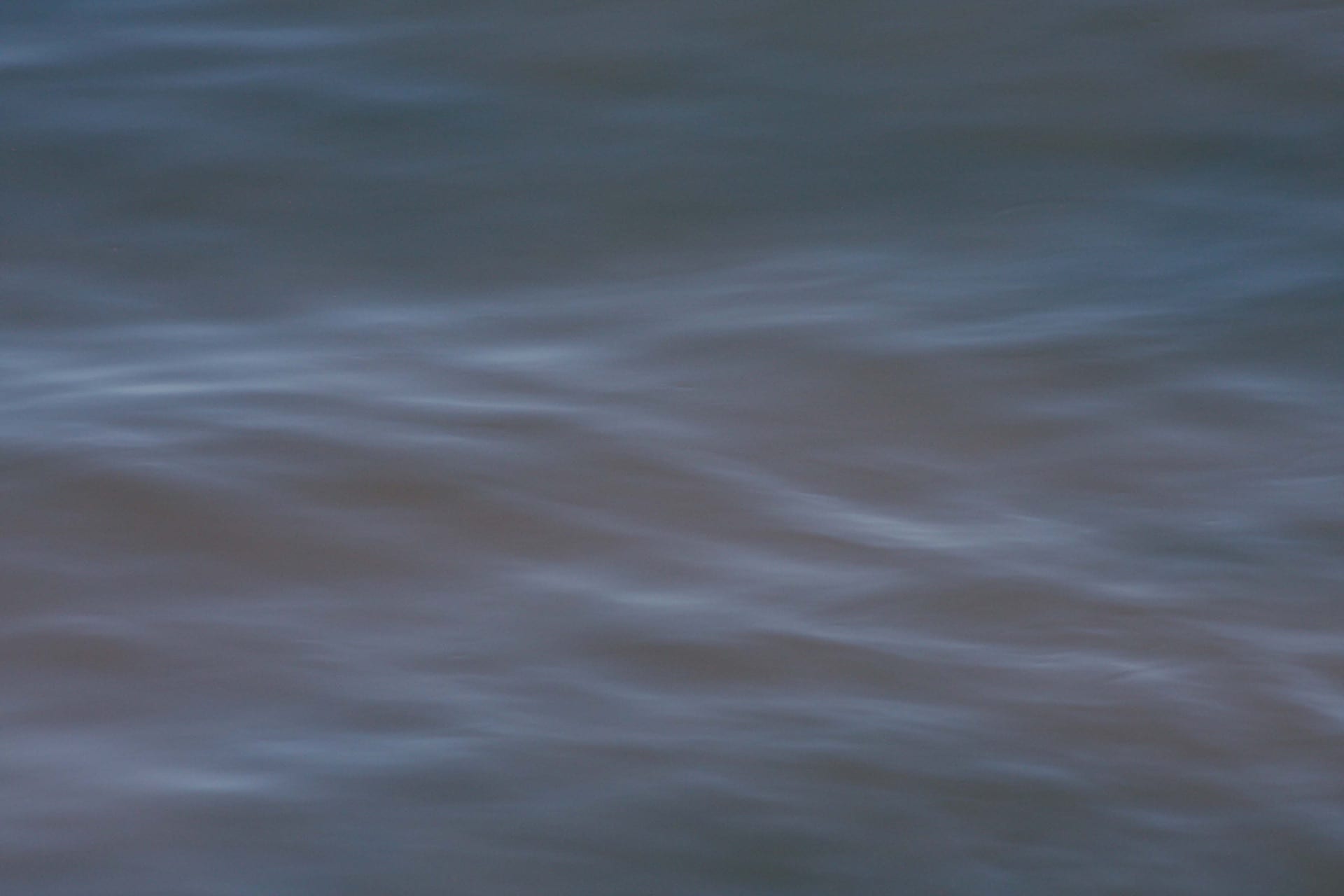New Zealand is very fortunate to have one of the world’s only resident populations of baleen whales living just off the coast of it’s biggest city, Auckland. There’s estimated to be about 100 Bryde’s (pronounced broo-dahs, cos Norwegian, picture below) whales living in the waters of northeast New Zealand, and they are a common enough sight in the Hauraki Gulf.
In a recent paper, a team of researchers including Assoc. Prof. Rochelle Constantine and Prof. Mary Sewell from the University of Auckland, Dr Richard Newcomb from Plant and Food, Dr John Zeldis from NIWA and myself investigated what the whales eat in relation to what’s on offer. Are they picky – only selecting a few things to eat? Or are they willing to eat what’s seasonally available in the Hauraki Gulf?
This is an interesting question because Bryde’s whales are able to eat a variety of prey. However, previous work suggests that populations of Bryde’s whales specialize on a particular favourite. For example, in South African one population has specialized as fish feeders, and another on zooplankton.

In order to provide context for the whale diet work, we collected zooplankton community samples from different places in the Hauraki Gulf every 6 weeks for a year. An example of a zooplankton is the image of Centropages aucklandicus below, taken by the marvellous Rhian Moyle, a MSc student in Mary Sewell’s lab a few years ago. Then we used a DNA barcoding approach to characterize what kind of animals were found in the community samples. DNA barcodes are short fragments of DNA that are different enough between different groups of animals so you can tell them apart. The zooplankton community of the Hauraki Gulf turned out to be pretty dynamic; it changes with season and region. For example, the cooler water months had a more diverse community than the warmer summer months.

We also collected whale poo samples, with help from the Auckland Whale and Dolphin Safari. This requires patience, luck and a poo-scooping net. Essentially, you find a whale and wait for it to poop. Then you zoom over to the poop- a kind of flocculent mass in the water – and scoop it up as fast as possible (see pictures below). The material is put into a large jar with preservative and taken back to the lab for DNA extraction. We used the same DNA barcodes as used on the zooplankton community, as well as methods that suppressed the whale’s DNA so that we got better results from the DNA of their prey.


What we found is that Bryde’s whales are fairly picky – they like krill-like crustaceans, copepods and salps, and also occasionally ate fish as well. Their diet doesn’t vary seasonally like the zooplankton community does.
The pickiness of Bryde’s whales has implications for how they use the Hauraki Gulf. The whales are likely looking for patches of these particular prey items, but we don’t yet know how the whales find their prey. Ongoing research by Rochelle Constantine and Richard Newcomb hope to uncover whether the whales might sniff out fish and salps.
This work was funded by the Univeristy of Auckland and the Hauraki Gulf Marine Mammal Fund – Department of Conservation, and involved resaerchers from the Unvieristy of Auckalnd, NIWA and Plant and Food Research.